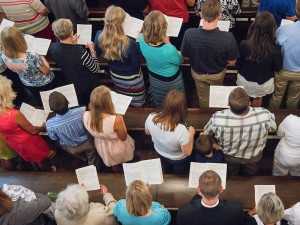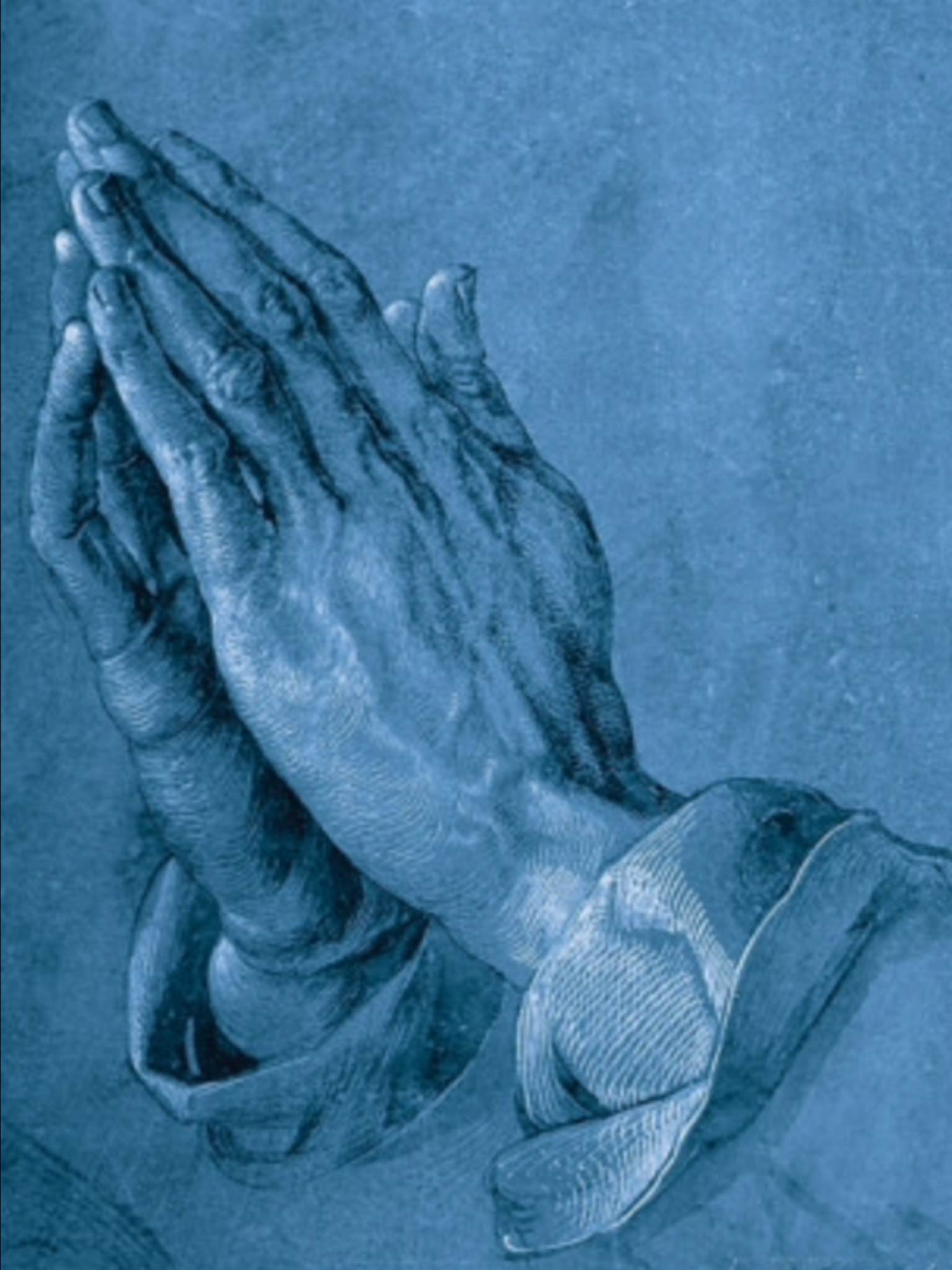by Rev. Michael Schuermann
Throughout each Lent, the congregation I serve in central Illinois turns to page 288 in Lutheran Service Book during our midweek services and many of our Holy Week services, and we together pray the Litany. This responsive prayer provides a structured, restful, comprehensive set of petitions that are prayed by alternating statements and responses of a liturgist and the congregation. I’ve found Lent a particularly good time to pray the Litany with the congregation among whom I serve. In keeping with the penitential nature of Lent and the emphasis on our poverty before God and His provision of all that we need for forgiveness and eternal life, the Litany teaches us to bring all things to our Lord in need.
The Litany was in use during Luther’s early years of reform, though he desired it to be sung in the Mass and the daily offices of the congregations. While Luther was absent from Wittenberg during his hiding in the Wartburg, Karlstadt’s reforms seem to have removed the Litany from use. However, Luther dusted off the Litany and encouraged its use (amongst many other Christian prayers) due to the threat of the Turks against Christian lands. Luther wrote, in his On War Against the Turks, “This might help if at Matins, Vespers, or after the sermon, we had the Litany sung or read in the church, especially by the young folk.” (AE 53:153)
A cursory glance at the text of the Litany reveals a beginning and end that are a responsive version of the Kyrie Eleison, or “Lord, have mercy.” Some early versions of the liturgy for the Mass had seven-fold, nine-fold, or more, versions of the Kyrie. (For example, think of the Kyrie sung at the beginning of Divine Service, Setting 3 in Lutheran Service Book. This Kyrie is three-fold: there are three cries to the Lord to have mercy.)

From these lengthened versions of the Kyrie grew the earliest versions of the Litany. As with many portions of the Church’s liturgical materials, things grew and expanded. In 1529, Martin Luther published a correction of the Latin Litany, as well as his own original German Litany. He modeled both of these off of the commonly used Roman Litany of All Saints.
The Litany of All Saints begins in a familiar way with the Kyrie portion, as well as petitions to the Triune God, Father, Son, and Holy Spirit. However, the second section is then devoted to various saints of Roman martyrology. For example: the Virgin Mary, holy angels, certain patriarchs and prophets, Apostles, disciples, martyrs, bishops, doctors of the Church, etc. are all petitioned. Finally, Christ Himself is petitioned again for help. Included amongst these petitions are prayers for intercession for the pope and for the departed. Of course, this form of the Litany could not be retained or used by Luther, as its ceremonies contain practices which teach contrary to the Word of God. As we confess in Augsburg Confession, Article XXI: “The Scriptures do not teach that we are to call on the saints or to ask the saints for help. Scripture sets before us the one Christ as the Mediator, Atoning Sacrifice, High Priest, and Intercessor. He is to be prayed to. He has promised that He will hear our prayer. This is the worship that He approves above all other worship, that He be called upon in all afflictions.” (AC XXI:2-3)

Luther, therefore, revised the Latin Litany and then also provided his own version in the German language. And, of course, these versions were set to music. They were intended to be primarily sung antiphonally between two choirs, one singing the initial petition and the other the response. The congregation could join in response with the second choir, according to local practice and ability. Currently, a musical version of the Litany is available in the Lutheran Service Book Altar Book. The spoken version of the Litany is both in the Altar Book as well as in the Pew Edition.
The text of Luther’s litanies, translated into English, are available in Volume 53 of the American Edition of Luther’s Works. (As an aside: For anyone interested in the work that Luther did in revising the various portions of the liturgy, his hymns, and his musical work, this is a volume well worth finding a copy of.) When you review these texts, you’ll notice a great similarity between Luther’s versions and the version we currently have for our use in Lutheran Service Book. One notable difference of practice is that the response was sung after each petition, not after a set of petitions grouped together as is our current practice.
For a further comprehensive overview of the history of the Litany, the reader is directed to the article on the Litany in Lutheran Worship: History and Practice, pages 465-468, edited by Fred Precht and published by Concordia Publishing House.
Also provided in Lutheran Service Book Altar Book are variations of the Litany to be used on Ash Wednesday and in the Easter Vigil (the Litany of the Resurrection). These litanies have more emphasis on the penitential needs of us Christians and on the works and hoped-for promises of Christ after His resurrection, respectively.
The Rev. Michael Schuermann is pastor of Good Shepherd Lutheran Church in Sherman, Ill.
